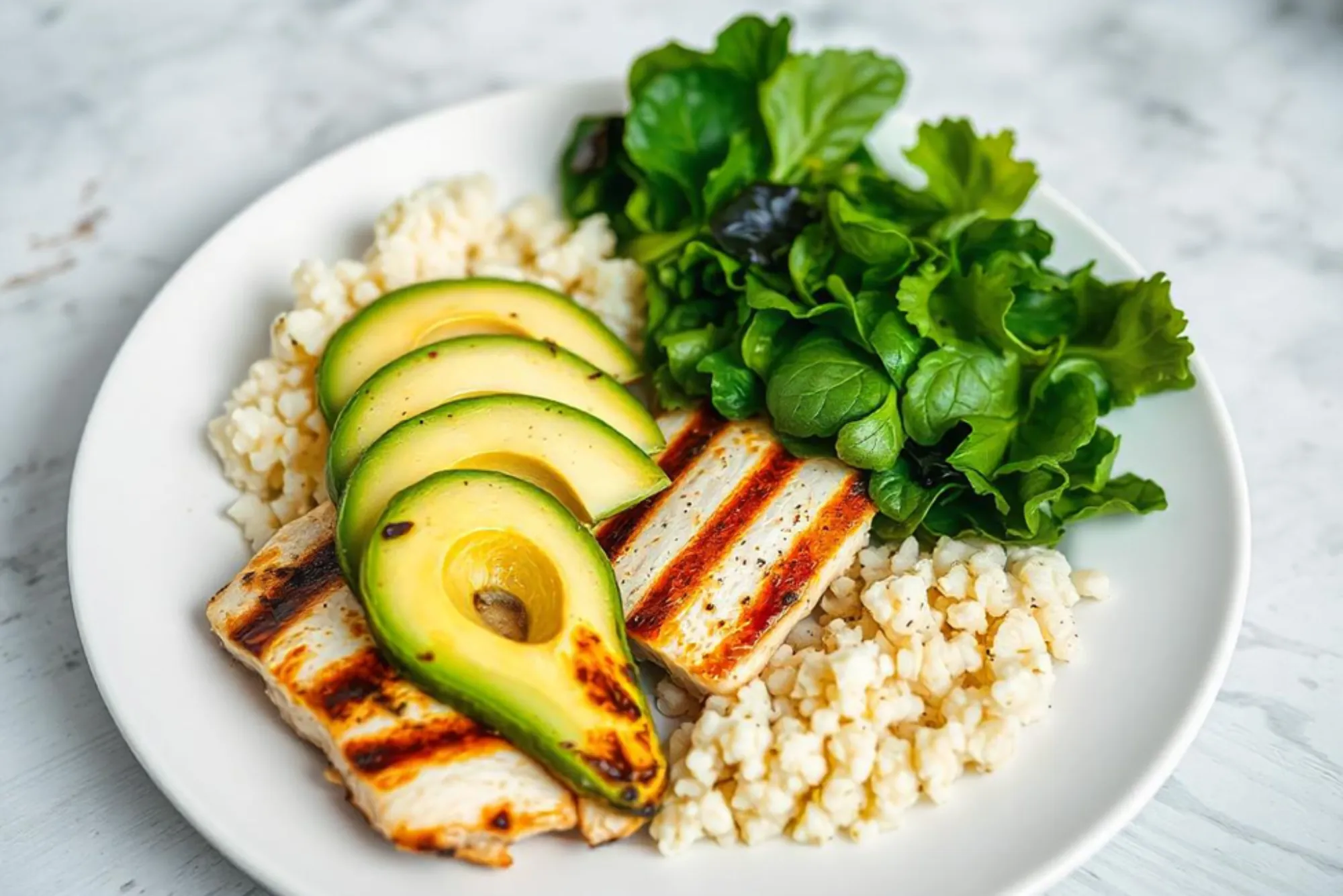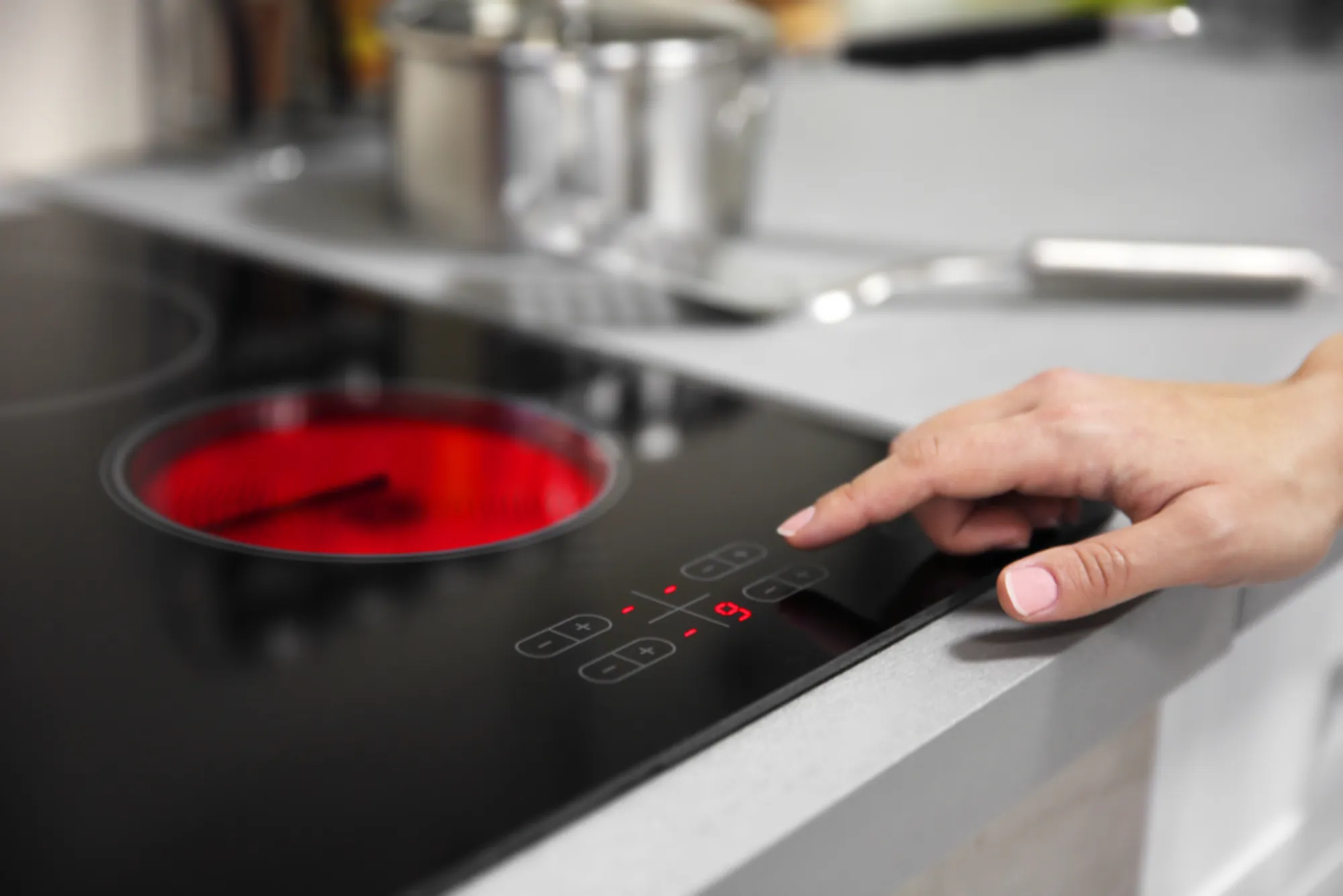Tracking calories and macros on a keto diet doesn’t have to be a daunting task. With the right tools and strategies, it becomes an empowering way to achieve your weight-loss goals. Whether you’re new to keto or a seasoned pro, learning how to track keto macros is essential to maximizing fat-burning potential and staying on track with your Weight Loss Meal Plan.
Understanding the Basics: What Are Macros?
Macros, or macronutrients, are the building blocks of your diet: carbohydrates, proteins and fats. On a keto diet, the focus is on reducing carbs and increasing healthy fats while maintaining moderate protein consumption. Typically, ketogenic macros break down to about 70-75% fat, 20-25% protein and 5-10% net carbs. Tracking these ratios ensures your body stays in ketosis, the state where it burns fat for fuel instead of carbs.
Why Tracking Macros is Crucial on Keto
Without proper macro tracking, it’s easy to overeat fats or consume hidden carbs that can take you out of ketosis. By monitoring your macronutrient goals, you’ll:
- Ensure your body remains in ketosis.
- Avoid eating too many calories, which can hinder fat loss.
- Balance your meals for sustained energy and satisfaction.
Tools You Need to Track Macros and Calories
Tracking macros and calories doesn’t have to be complicated. Here are some tools to simplify the process:
- Keto Macro Calculator: Online tools help determine your daily macro and calorie needs based on your current weight, body fat percentage and weight loss goals.
- Food Tracker Apps: Apps like Carb Manager, MyFitnessPal and Cronometer make it easy to log meals, scan food labels, and monitor your daily macros.
- Food Scale: Weighing your food ensures accuracy, especially for high-fat ingredients like avocado or butter.
- Food Database: Use a reliable food database to check the nutritional values of ingredients and ensure accurate macro tracking.
How to Calculate Your Keto Macros
- Determine Your Total Calories: Use a macro calculator to find your Total Daily Energy Expenditure (TDEE). This represents the amount of calories required for your body to sustain its current weight.
- Set Your Deficit: To lose fat, reduce your daily calorie intake by 10-20% below your TDEE.
- Split Your Macros: Apply the keto ratio (70-75% fat, 20-25% protein, 5-10% carbs) to your total calories. For example, if your goal is 1,800 total calories, aim for:
- 140-150g of fat
- 90-112g of protein
- 20-45g of net carbs
Meal Planning for Keto Success
Meal planning is essential for hitting your macronutrient goals. We offer keto-friendly weight loss meal plan options that simplify the process. These pre-portioned meals are designed to help you stay on track without the struggle of planning the meals yourself.
Here’s a sample day:
- Breakfast: Fatayer Rolls with Tofu and Olives: Start your day with a delicious combination of protein-rich tofu, savory olives, and flaky fatayer rolls, offering a satisfying and flavorful morning meal.
- Lunch: Low Carb Sicilian Vegetable Medley with Tomato Sauce
A nutrient-dense, low-carb medley of Mediterranean vegetables in a rich tomato sauce. - Snack: Keto Mini Pizza with Olives and Cheese offers a satisfying, low-carb snack rich in healthy fats and moderate protein, helping to maintain ketosis while curbing hunger.
- Dinner: Mushroom and Spinach Stuffed Chicken is a nutrient-rich, low-carb dish high in protein and packed with fiber and vitamins, supporting muscle maintenance and ketosis.
- Dessert: Keto Peanut Butter Cookies provide a delicious low-carb treat packed with healthy fats and protein, making them perfect for satisfying cravings while supporting ketosis.
Tips for Staying on Track
- Read Food Labels: Hidden sugars and carbs can sneak into packaged foods. Choose foods that are low in net carbs.
- Maintain a Food Diary: Keeping a food diary or using a food tracker app helps you stay consistent and accountable.
- Prep Meals Ahead: Having ready-to-eat keto meals on hand prevents you from reaching for non-keto options.
- Stay Hydrated: Drinking water helps with fat metabolism and prevents keto flu.
- Monitor Progress: Regularly check your weight and ketone levels to ensure your plan is working.
Common Challenges and How to Overcome Them
- Underestimating Carbs: Even healthy foods like nuts or berries can add up. Utilize a food scale for precise portion measurements.
- Hitting Fat Intake Goals: Add healthy fats like olive oil, avocado or fatty fish to boost your intake.
- Social Settings: Bring your own keto-friendly dish or eat beforehand to stay on track.
Why Choose Lose Weight for Keto Meal Plans?
We offer expertly crafted weight loss meal plans that make tracking macros effortless. Each meal is portioned and labeled with precise nutritional information, so you know exactly what you’re eating. With a focus on fresh, high-quality ingredients, these meals are designed to support your ketogenic diet while providing exciting flavors from Arabic and Mediterranean cuisines.
Conclusion: Empower Your Keto Journey
Tracking calories and macros on a ketogenic diet is the foundation of optimal fat loss. With the right tools, meal plans, and guidance, you can achieve your weight loss goals without stress.
Let Lose Weight’s meal plans – keto and weight loss – help you stay on track with delicious, pre-portioned dishes that fit seamlessly into your macros. Begin your path to better health now!

















